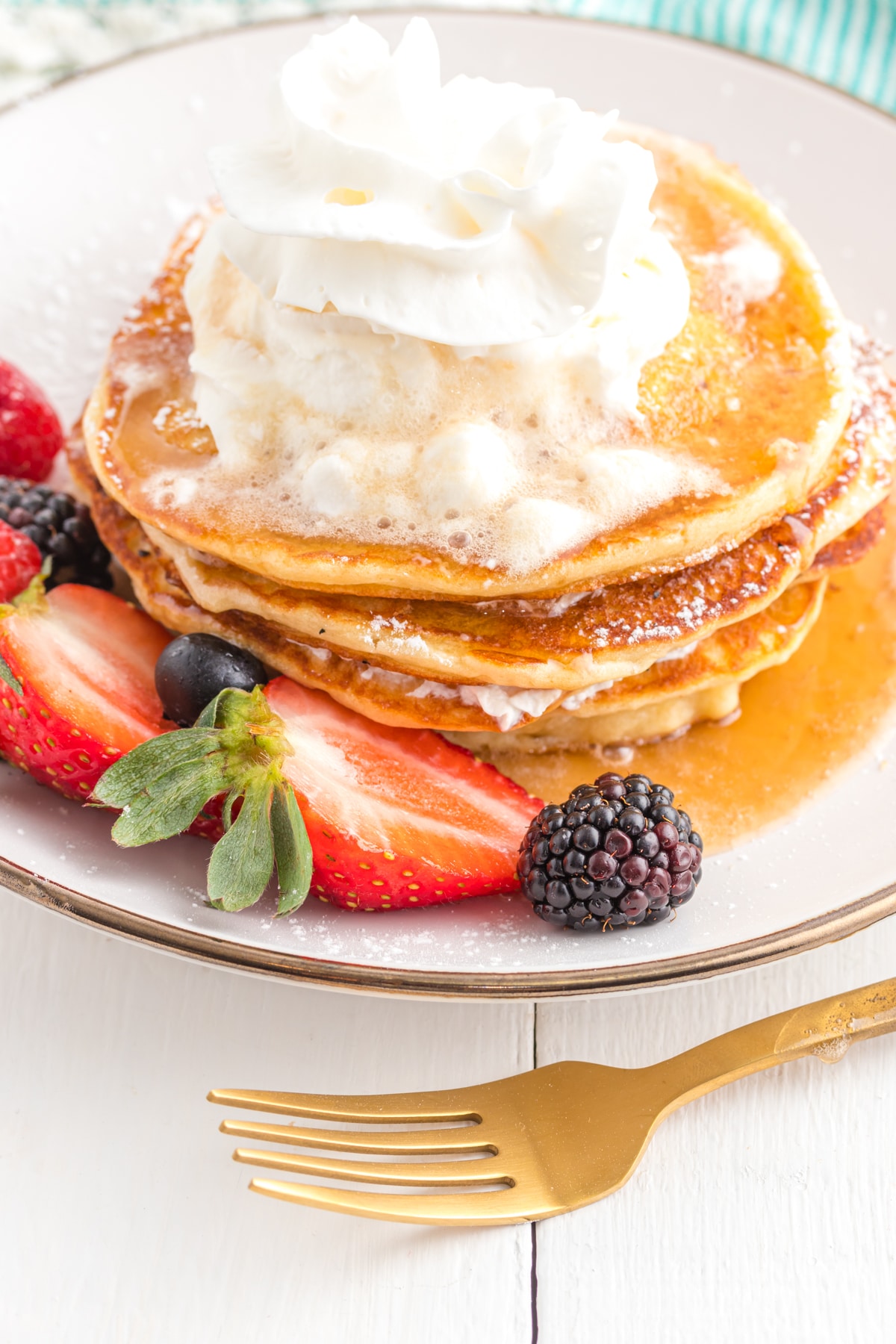Can You Make Pancakes with Heavy Whipping Cream? Absolutely! Here’s How
For those who cherish a lazy weekend brunch or a delightful breakfast, pancakes are often the start of a wonderful day. Now, imagine if you could make your pancakes even more sumptuous and indulgent. Enter heavy whipping cream. Yes, you read that correctly! You can swap regular milk for heavy whipping cream to elevate your pancake game, and here’s why you should consider it.
The rich, velvety texture of heavy whipping cream can bring a whole new dimension to your pancakes. Not only does it make them fluffier, but it also adds a slight creaminess that regular milk just can’t offer. The reason behind this magical transformation is the higher fat content in heavy whipping cream, which helps create a soft and decadent texture.

Before diving into the recipe, it’s important to understand the impact this swap will have. Heavy whipping cream is thicker and richer than milk, yielding a batter that’s denser. This means that you may end up with fewer pancakes compared to a standard recipe using milk, but each bite will be undeniably more satisfying. The added fat content also means you may not need as much butter or oil in your cooking process, which can be a handy bonus.
Crafting the Perfect Pancakes with Heavy Whipping Cream
To start, gather your basic pancake ingredients: flour, eggs, a pinch of salt, baking powder, a bit of sugar, and your star ingredient—heavy whipping cream. Instead of using a full cup of milk, use about three-quarters of a cup of heavy whipping cream and consider diluting it with a bit of water if the batter feels too thick. This balance helps maintain the fluffiness while not making the pancakes overly heavy.
Mix your dry ingredients together in a large bowl: flour, baking powder, salt, and sugar. In a separate bowl, combine the eggs and heavy whipping cream until they are well blended. Gradually add your wet ingredients to the dry mixture, stirring gently to avoid over-mixing, which can lead to denser pancakes. The goal is to achieve a batter that is smooth yet slightly lumpy for the perfect pancake texture.
When it comes to cooking these pancakes, use a griddle or a non-stick pan over medium heat. You might notice that the batter spreads less than usual, so gently nudge the batter into shape after pouring. Look for small bubbles to form on the surface—your signal that it’s time to flip. The cooking time might slightly increase due to the denser batter, so a little patience will go a long way.
While traditional butter and maple syrup are classic companions for pancakes, the creamy texture of these pancakes allows for experimentation with toppings. Fresh fruits, yogurt, a dusting of powdered sugar, or even a slather of your favorite nut butter can complement the richness beautifully.
The beauty of using heavy whipping cream in pancakes lies not just in the taste, but in the creative flexibility it affords. Once you’ve mastered the basic recipe, don’t hesitate to infuse your batter with vanilla extract, cinnamon, or even a hint of lemon zest for added flavor dimensions.
Making pancakes with heavy whipping cream is not merely a swap; it’s a transformation. This simple change in ingredients can make your morning routine feel luxurious and special, all without straying too far from the original beloved recipe. Next time you find yourself with some heavy whipping cream in the fridge, you’ll know exactly how to put it to scrumptious use.














